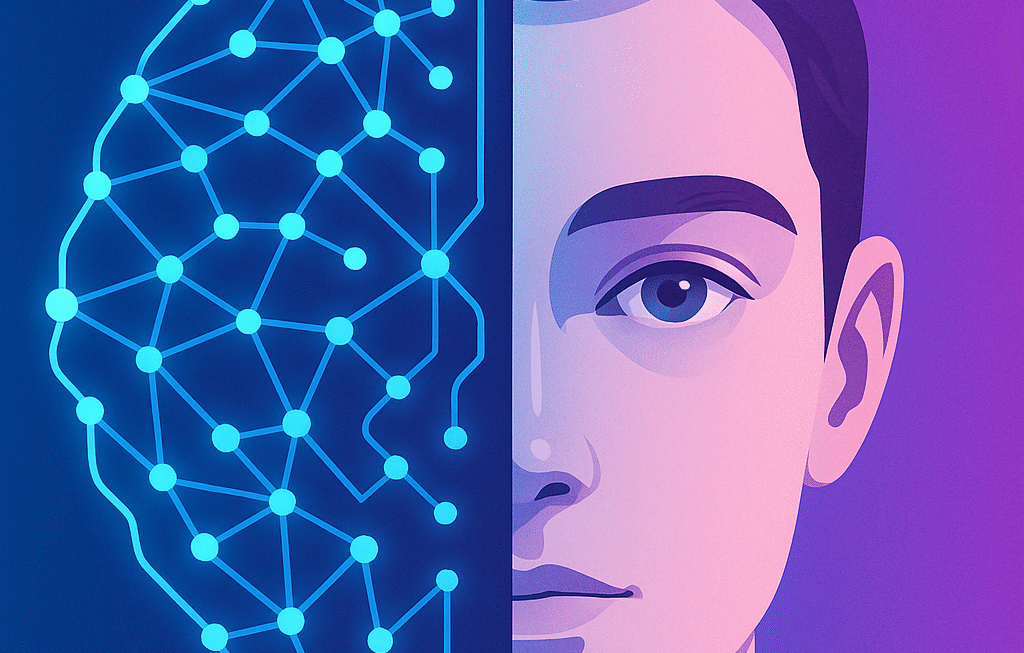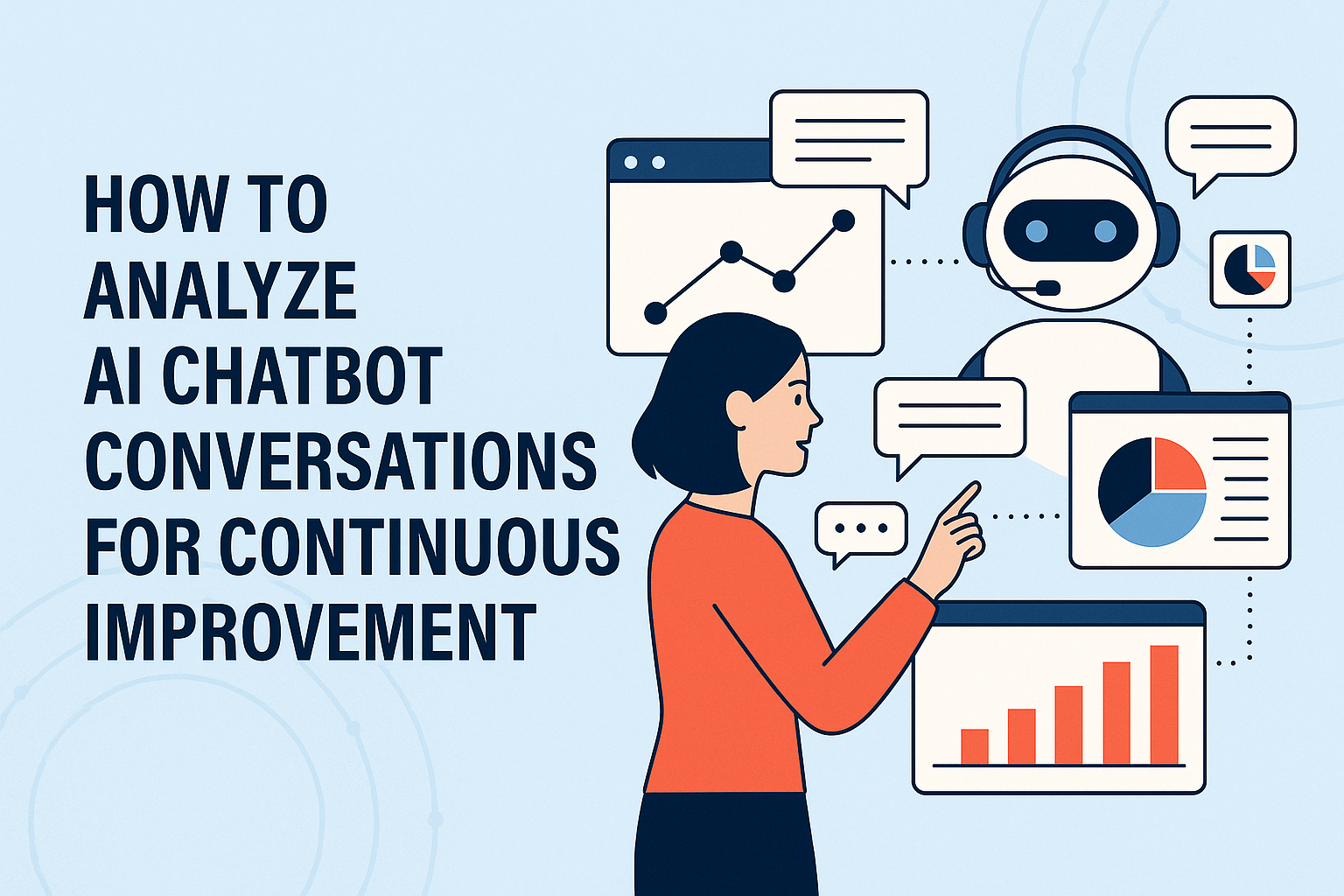As customer expectations evolve in the digital era, businesses are increasingly turning to AI chatbots to deliver real-time support at scale. By automating service interactions, these tools eliminate prolonged wait times, boost satisfaction through instant resolutions, and streamline operational workflows. When strategically implemented, AI chatbots not only cut costs but also foster deeper engagement, transforming customer interactions into cohesive, personalized experiences that drive loyalty in a competitive landscape.
Key Takeaways
- AI chatbots provide 24/7 support, improving customer satisfaction and engagement.
- Customer service automation lowers costs and enhances response speed.
- Optimized chatbots require high-quality training data and structured conversation flows.
- AI + human collaboration ensures a balanced and effective support system.
- Case studies demonstrate the impact of chatbot optimization across industries.
Understanding the Role of AI Chatbots in Modern Customer Support
Customer support has evolved from traditional call centers to AI-driven platforms. Businesses today leverage chatbots to meet customers’ needs quickly and efficiently.
Benefits of AI-Powered Real-Time Support
Real-time AI chatbots offer businesses significant advantages, including:
- Instant response to FAQs and customer inquiries.
- Handling multiple conversations simultaneously, reducing agent workload.
- Data-driven insights to identify recurring issues and improve customer experiences.
For example, a report by HubSpot found companies using AI chatbots reduced support costs by 30–50%, while response times improved by 70%.
Key Challenges in Implementing Effective Chatbot Solutions
Despite the benefits, AI chatbots face challenges, including:
- Difficulty understanding complex or ambiguous queries.
- Integration challenges with legacy systems.
- Finding the right balance between automation and human intervention.
A McKinsey study found that 60% of chatbot interactions require human assistance, underscoring the importance of structured handoff flows.
How to Optimize AI Chatbots for Real-Time Customer Support
1. Train using high-quality data
- Use 1,000+ varied, real customer interactions to train your chatbot.
- Include around 10% complex queries to improve adaptability.
- Tools like Dialogflow and Rasa help refine chatbot understanding.
2. Design structured conversation flows
- Build clear decision trees to guide users.
- Conduct A/B testing to refine responses.
- Use real-time analytics to reveal conversational bottlenecks.
3. Balance automation with human handoff
- Implement sentiment-analysis triggers to detect frustration or complexity.
- Use smooth handoff phrases like “Let me connect you with an expert.”
- Gather feedback after handoffs to improve the process continually.
Designing Conversational Experiences That Feel Human
- Use a conversational tone to avoid robotic replies.
- Personalize responses using user data or context.
- Show empathy—flagging words like “urgent” can help prioritize issues.
“A chatbot that listens before it acts builds trust faster than one that guesses first.”
Advanced Personalization Techniques
- Integrate with CRMs such as Salesforce or HubSpot for personalized context.
- Use sentiment data to adapt tone dynamically.
- Enable memory—e.g., remember user preferences for more relevant suggestions.
In retail, bots recalling customer style preferences can increase recommendation relevance.
Measuring Chatbot Performance and Optimizing
- Resolution rate: percentage of queries resolved without human help.
- CSAT: post-chat customer satisfaction surveys.
- Escalation rate: percent of chats needing human assistance.
For example, A/B testing different greeting styles boosted e-commerce chatbot engagement by 15%.
Overcoming Common Limitations
| Challenge | Solution |
|---|---|
| Complex queries | Ask clarifying questions before proceeding |
| Emotional user | Flag words like “This is ridiculous!” and escalate |
| Multilingual support | Train on localized data for accurate language support |
“85% of users abandon chatbots when they don’t resolve issues. Proactive updates are critical.”
Case Studies
- Retail (Sephora on Kik): Sales rose by 11% through personalized recommendations.
- Healthcare (Babylon Health): Handles 2.5M medical queries annually.
- Finance (Bank of America’s Erica): Resolved 1.2M customer issues in 2023.
Conclusion: Future-Proof Your Support with Optimized AI Chatbots
Optimizing AI chatbots isn’t just about speed—it’s about delivering humanized, scalable, and efficient support. Focus on data-training, personalization, and seamless automation-human collaboration to drive long-term value.
“AI chatbots aren’t just about efficiency—they enhance the customer experience when balanced and refined.”
Take Action:
- Run A/B testing to refine conversation flows.
- Train your bots with live data and feedback cycles.
- Incorporate sentiment analysis to enhance empathy and handoff timing.
FAQs
- Why is real-time support critical? It reduces wait, enhances satisfaction, and boosts efficiency—e.g., SparkAgentAI delivers instant routing using real-time data.
- How do chatbots improve efficiency? By automating FAQs, integrating with systems, and routing effectively.
- How to ensure accuracy? Use quality training, sentiment detection, and fallback to human agents via SparkAgentAI.
- Role of NLP? Enables context and sentiment understanding—SparkAgentAI applies advanced NLP for precise responses.
- How to balance automation and humans? Smart handoff triggers ensure bots handle routine queries while humans manage nuanced cases.




